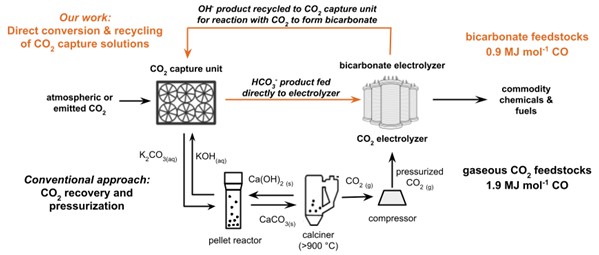Rational Design of Small Molecule Disruptors of Protein-Protein Interactions: PD-1/PD-L1, c-Myc, Arid4B
Abstract: Protein-protein interactions (PPIs) are vital to many biological processes, including gene expression, and immune reactions to pathogens. There are approximately 650,000 PPIs in humans with pertinent physiological functions. Aberrant expression of PPIs leads to improper function and contributes to a plethora of disease conditions including cancer. Thus, PPIs represent an enormous target space for drug discovery and chemical probes. Direct targeting of clinically relevant PPIs with small molecules remains an unmet medical need. The development of small-molecule inhibitors of PPIs is a challenging enterprise and, in most cases, considered undruggable due to large protein surfaces, lack of deep binding pockets, and enzymatic activities. Despite these limitations, significant progress has been made in the area of compound development that selectively targets oncogenic PPIs and those underlying inflammation. This talk will focus on the identification and rational design of small-molecule inhibitors of PPIs, as applied to distinct protein targets, including the proto-oncogene product c-MYC, which dimerizes with MAX; the immunotherapeutic target programmed death receptor (PD-1) and programmed death ligand-receptor (PD-L1), and the epigenetic target AT-rich interacting domain 4B (ARID4B). The fundamentals of the small-molecule drug discovery process will be covered. More so, the use of in silico methods and synthetic chemistry to discover gold-based small-molecule covalent inhibitors of the intrinsically disordered protein, MYC, as well as the first-in-class small molecule inhibitors of ARID4B will be presented. This talk will also shed light on the medicinal chemistry of the recently identified dual-action small molecule inhibitors that perturb both Poly(ADP-ribose) polymerase (PARP) and PD-1/PD-L1 pathways.
Attend the seminar here.


